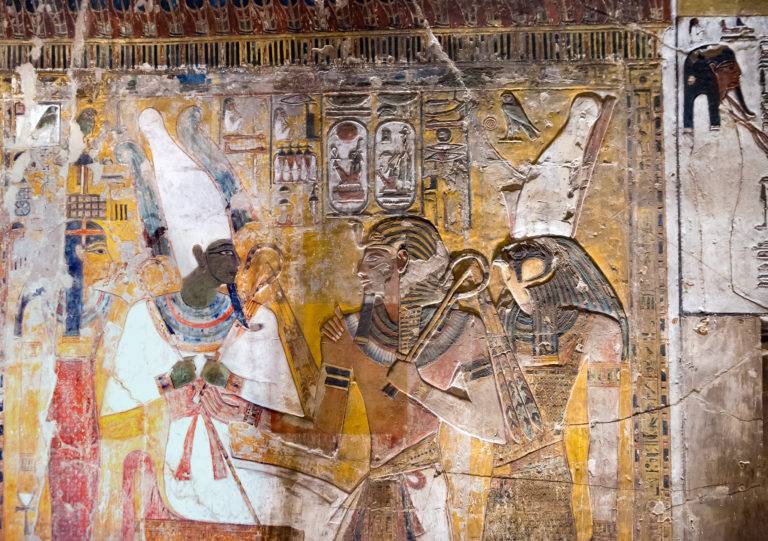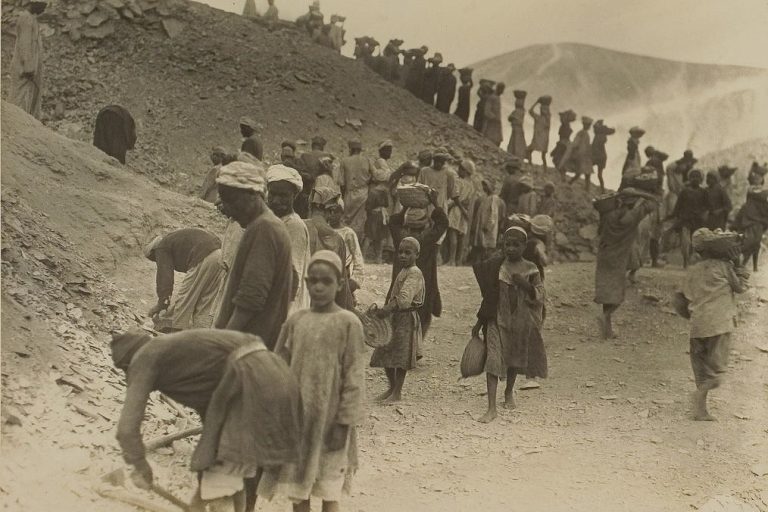Music in Ancient Egypt
music was everywhere in Ancient Egypt
The stone walls are quiet now, but 3,000 years ago, they were filled with sound—priestesses played harps, people shook sistrums for Hathor, and flutes played prayers in the morning air. In Ancient Egypt, music was not just for fun; it was sacred, social, and cosmic. It helped guide souls to the afterlife, celebrated the blessings of the Nile, and filled festivals that brought cities together. Today, visitors can still find these sounds in temple art, museum displays, and local performances that connect ancient music with today. Whether you explore tombs in the Valley of the Kings or join a Nubian drum circle in Aswan, learning about Egypt’s musical history adds richness to your experience. This article shows how music influenced Egyptian life—from religious practices to daily joys—and highlights where you can see its lasting impact today. Let’s discover the music of a civilization that believed sound could last forever.
The Historical Context of Ancient Egyptian Music
Music in Ancient Egypt goes back over 5,000 years. It developed along with the ruling dynasties. Archaeological discoveries show that instruments were used as early as the Old Kingdom (around 2686–2181 BCE). By the New Kingdom (around 1550–1070 BCE), music had become an important art form in both religious and everyday life.
Egyptians believed music was a gift from the gods and helped keep ma’at, or cosmic balance. Reliefs and papyri depict music at celebrations, harvests, and religious events.
Egyptian instruments influenced music in Greece, Nubia, and the Near East. Elements of this music can still be heard in Coptic rituals and folk traditions today.
Luxor Tours & Activities
Looking to save some costs on your travel? Why not join a shared group tour to explore Luxor, Egypt? Here are some activities you might be interested in:
Instruments of Ancient Egypt
The sound of Ancient Egypt was varied, just like its landscapes. You could hear the soft desert wind and the steady flow of the Nile. Musicians were inspired by nature and created instruments that had important meanings, both spiritual and social. We can learn about these instruments from tomb paintings, temple carvings, and artifacts that have survived. These sources help us picture the music that filled Egypt’s temples, courts, and festivals.
Stringed Instruments: The Voice of Harmony
Harps: Harps are one of the most famous musical instruments from ancient Egypt. They varied in size, from small arched harps in the Old Kingdom to large angled ones in the New Kingdom. These instruments often featured decorations, sometimes with gold leaf or colorful designs, showing their importance. Harps played music for sacred hymns and festive songs.
Lyres: The lyre, brought in from the Near East, became popular during the Middle and New Kingdoms. Its small size made it perfect for musicians on the go.
Lutes: The lute was another instrument that came from abroad. It offered new sounds and had a long neck and big body, making it a favorite for entertainment.
Traveler tip: When visiting the Cairo Egyptian Museum, look out for tomb paintings of harpists. These artworks often show the instruments in bright colors, reflecting their beauty.

Wind Instruments: The Breath of the Gods
Flutes: Flutes are simple but powerful instruments made from reeds or wood. They create soft, airy sounds that evoke peaceful pastoral life and gentle melodies.
Double-reed clarinets (zummara): These instruments are played in pairs and produce a buzzing, nasal sound that is both calming and festive. They are seen as early versions of modern oboes and clarinets.
Trumpets: Trumpets are rare but important instruments used for military and ceremonial purposes. The most famous examples are the silver and bronze trumpets found in Tutankhamun’s tomb. These were played live on the radio in 1939, an event that damaged one of them due to its fragility.
Traveler tip: You can see the Tutankhamun trumpets at the Egyptian Museum in Cairo. They are the world’s oldest playable brass instruments.

Percussion Instruments: The Rhythm of Ritual
Drums: Different types of drums, like cylindrical drums, frame drums, and hand drums, provided rhythm. People used them in festivals, military parades, and work songs during farming.
Tambourines: Women often played tambourines. These instruments created a lively, dance-like energy at celebrations.
Clappers and castanets: These are some of the earliest instruments, made of wood or ivory. People used them to keep time in rituals and entertainment.
Sistrums: The sistrum is a sacred percussion instrument, a metal rattle linked to Hathor, the goddess of love, music, and fertility. Its sound was thought to scare away evil spirits and bring a divine presence.
Traveler tip: Visit the Luxor Museum to see well-preserved instruments like harps and sistrums. Imagine how their sounds filled the grand halls of Karnak.

Music in Religion and Rituals
Religion was vital in Ancient Egypt, and music played a key role in it.
During temple ceremonies, priests and priestesses used chants, harps, and sistrums to honor gods like Hathor, Osiris, and Amun.
In funerary rites, music helped guide souls into the afterlife. They performed harps and chants to comfort the dead and invoke divine protection.
The sistrum, which is closely linked to Hathor, represented joy, fertility, and the presence of the divine. Its rattling sound was thought to please the gods and keep chaos away.

The Role of Musicians in Ancient Egyptian Society
Musicians had an important role in ancient Egyptian society, although their status varied.
Court musicians worked for pharaohs and nobles and often gained respect and support. Temple musicians, many of whom were women, acted as priestesses for Hathor or Isis and performed sacred music. Professional entertainers were hired for parties and festivals and were often shown in tomb art as dancers and singers.
Women played a key role in music, especially with instruments like the sistrum and tambourine. They were viewed as symbols of joy and fertility.
Traveler tip: At the Valley of the Nobles in Luxor, you can see tomb paintings that show banquets with female musicians and dancers. These images highlight the social importance of music in wealthy households.

Legacy and Influence of Ancient Egyptian Music
The echoes of Ancient Egyptian music did not fade with the fall of the pharaohs.
- Influence on Greece: Greek writers admired Egyptian music, and instruments like the lyre and flute show Egyptian influence.
- Nubian connections: Egypt’s southern neighbors contributed drums and rhythms that enriched Egyptian soundscapes.
- Modern echoes: Elements of Ancient Egyptian instruments survive in Egyptian folk music today, particularly in Upper Egypt, where traditional flutes and drums are still played.

Echoes of an Eternal Melody
Music in Ancient Egypt was more than sound. It was a way to connect with the divine, an essential part of everyday life, and a legacy that still matters today. From the sacred sistrum of Hathor to the cheerful songs of farmers, music influenced how Egyptians saw the world and expressed their beliefs.
For travelers, thinking about music while exploring Egypt’s temples and museums can change the experience. The silent images of musicians and dancers seem to come alive. The halls of Karnak, the tombs of Luxor, and the sanctuaries of Dendera are filled with the echoes of a timeless melody.
So, the next time you stand in front of a temple wall or a museum display, take a moment to listen. You might not hear any notes, but you can sense the rhythm of a civilization that believed music could connect the living with the eternal.
Got a Question?
F.A.Qs
They played harps, lyres, lutes, flutes, double-reed clarinets, trumpets, drums, tambourines, and the sacred sistrum.
Yes. Music was essential in temple rituals, funerary rites, and festivals. It was believed to connect humans with the gods.
Musicians included court performers, temple priestesses, professional entertainers, and even farmers who sang while working.
Yes. Egyptian instruments influenced Greek and Near Eastern traditions, and echoes of ancient rhythms survive in Egyptian folk music today.
Did you know that
By purchasing through our links, you support us at no additional cost.
Thank you for your support. ♥️






